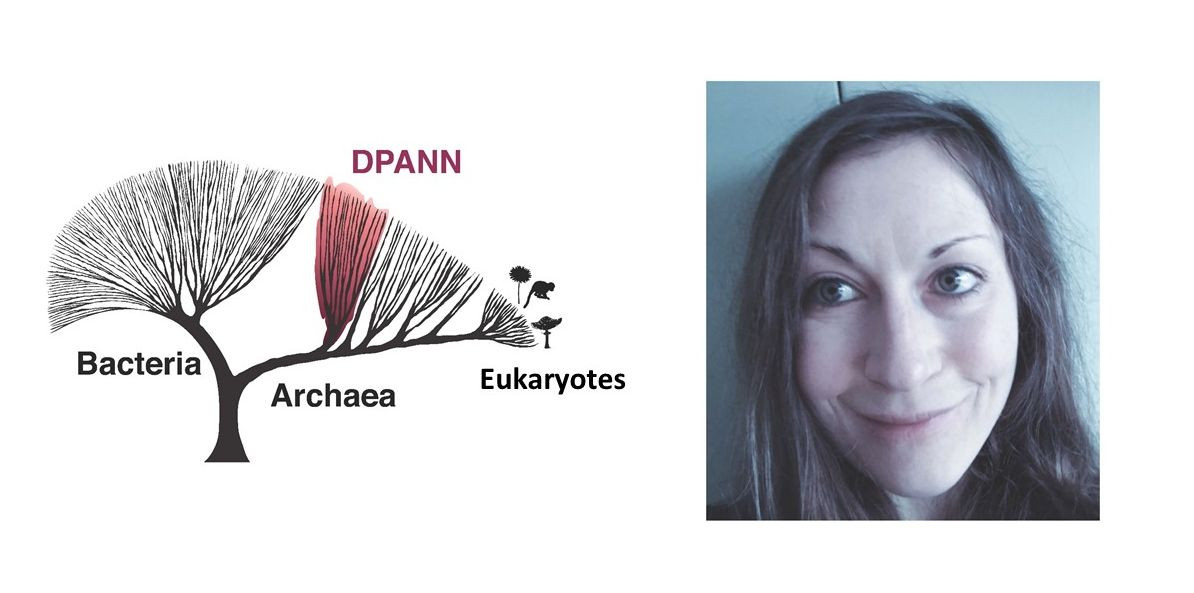WISE-award for Anja Spang to dive into novel micro-world of Archaea
The evolutionary tree of life has a trunk from which three main branches have developed: bacteria, Archaea and eukaryotes. This last group is comprised of more complex cell types and includes for instance algae, plants, fungi and animals. For a long time, it was thought that the more complex eukaryotes and archaea form completely separate branches in the tree of life. However, recent research by, among others, Dr. Spang has shown that the eukaryotic branch emerges from within the archaea; i.e, eukaryotes have evolved from a very recently discovered group of Archaea (the ASGARD Archaea). In the strict sense, this suggests that eukaryotes and therefore humans are Archaea.
Prof. Jaap Sinninghe Damsté, head of the Department of Marine Microbiology and Biogeochemistry of NIOZ, is very pleased with Dr. Spang’s transfer to NIOZ. “97% of all marine microbes are unknown. We don’t know what these tiny creatures do for a living and can only speculate about their role in the biogeochemical cycles. With Anja we will be able to increase our efforts significantly in this respect.”
DPANN Archaea
Another novel group of archaea that includes organisms with very small genomes and tiny cells – the DPANN Archaea – will be the study target of Dr. Spang at NIOZ. So far, the biology, ecology and evolution of the DPANN has hardly been investigated and their function in Earth´s nutrient cycles remains unknown. Notably, these archaea occur in the oxygen-containing water column of salt-rich oceans and are particularly abundant in anoxic seabeds and sediments. But how do they grow and breath? What is their source of carbon and what is their source of energy? Initial research on DPANN archaea has demonstrated that they have an extremely small package of genetic material. Is this enough to live independently or can they function only in close cooperation with host cells for getting essential nutrients in syntrophic or perhaps even symbiotic or parasitic relationships? A greater knowledge is required for our understanding of the ecological role of Archaea in marine ecosystems, and therefore in the global cycles of important elements such as carbon, nitrogen and phosphate.
Diversity of Archaea
Dr. Spang: "I want to use my knowledge on archaea to study the genetic, biochemical and physiological diversity within DPANN archaea. This will add an important piece to our understanding of the evolution of life and microbial ecology. For this purpose, I will use the great power of metagenomics, sequencing the genetic material from the environment and subsequently reconstructing the genomes of DPANN archaea."
About WISE
With a focus on guidance and the right facilities, the programme provides talented international and national researchers with a promising career path towards a tenured position. The tenure track positions target female researchers who have started their careers and obtained their PhD at least three years ago. They will submit a research proposal and indicate at which NWO institute they would like to work. Successful candidates will be offered a five-year tenure track position at the institute of their choice. Following a successful tenure track, researchers fellows will receive a tenured position at the institute of their choice.
